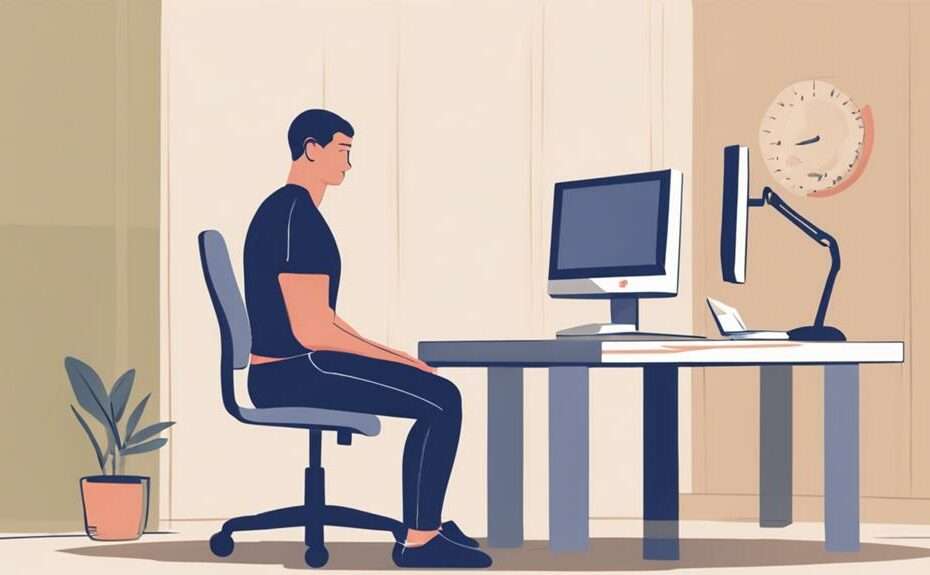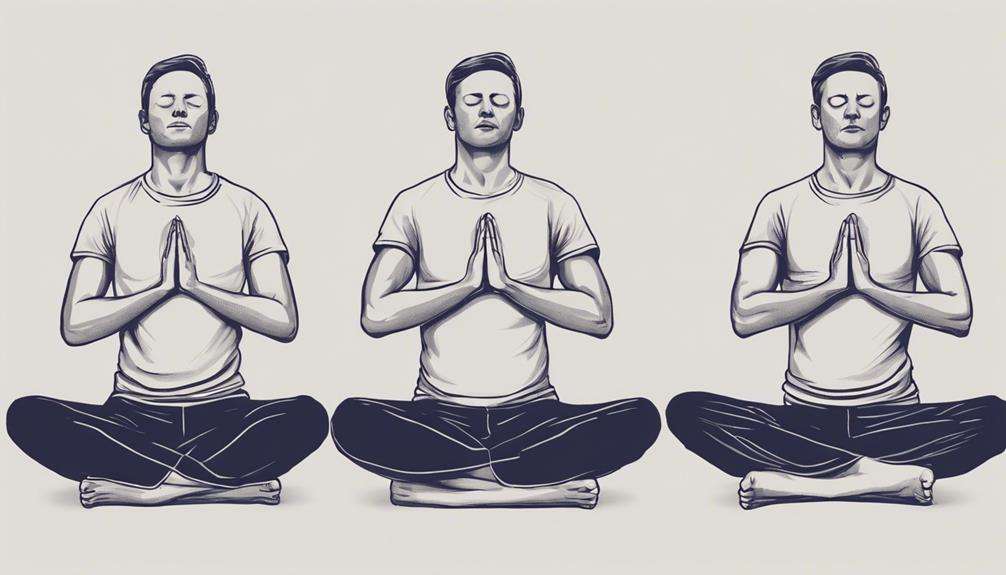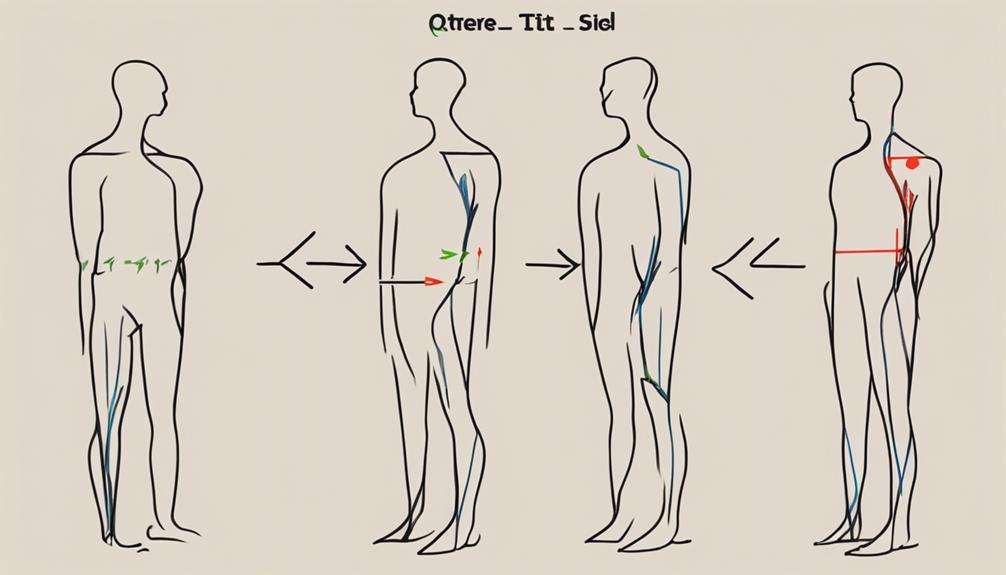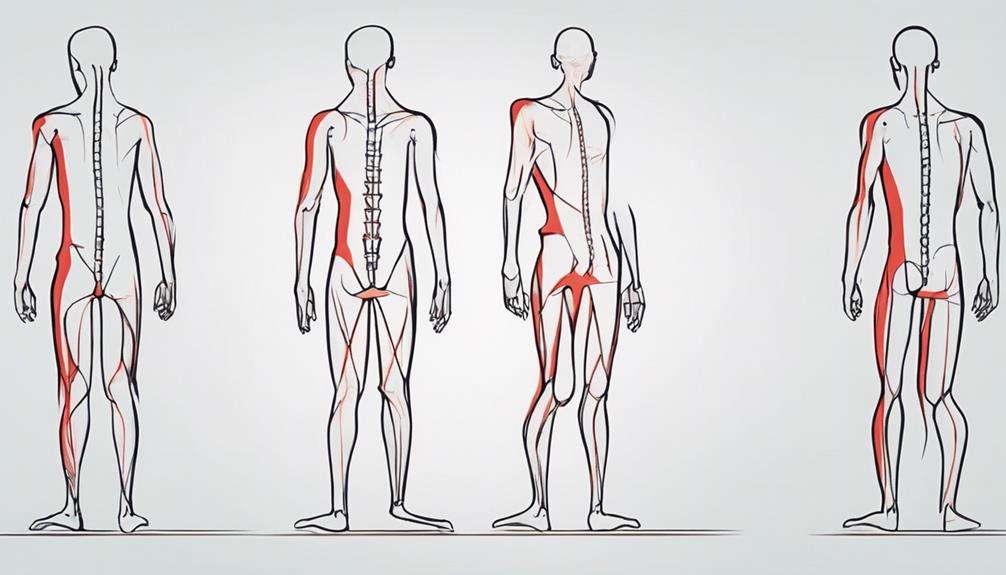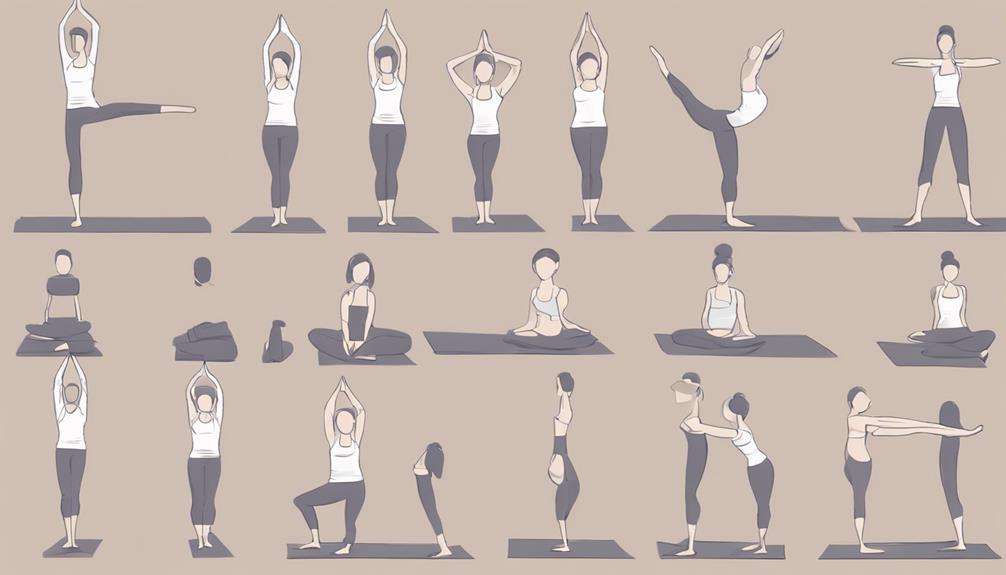In the domain of posture correction with therapy, you've likely heard the saying, 'Practice makes perfect.' But how do you make sure your practice is on the right track?
By understanding the three best practices for addressing your posture woes. Starting with tailored exercises and manual therapy techniques, you can make significant strides in realigning your body.
However, the missing piece lies in the subtle yet impactful at-home practices that could be the key to sustaining your progress.
Key Takeaways
- Target weak muscle groups and enhance balance for posture correction.
- Incorporate tailored therapy techniques to address specific posture issues effectively.
- Develop mindfulness and awareness to maintain proper posture consistently.
- Implement at-home practices to support long-term posture maintenance beyond therapy.
Strengthening Exercises for Posture Correction
To effectively improve your posture, incorporating targeted strengthening exercises that focus on key muscle groups is essential. Weak muscles in the back, especially around the shoulder blades, can contribute to poor posture. By engaging in specific strengthening exercises, such as those targeting the core muscles, you can work towards correcting rounded shoulders and enhancing overall posture alignment.
These exercises not only help in building muscle strength but also aid in enhancing balance, stability, and preventing strain or injury by providing better support to the spine. Consistent practice of these strengthening exercises is vital for maintaining proper body alignment and promoting musculoskeletal health.
Stretching Techniques for Posture Improvement
Enhance your posture and alleviate muscle tightness with targeted stretching techniques designed to improve flexibility and alignment. Stretching exercises play an important role in posture improvement by focusing on loosening tight muscles that can lead to imbalances and discomfort such as back and neck pain.
By incorporating stretching into your daily routine, you can increase flexibility, reduce muscle fatigue, and enhance your range of motion. These techniques help in lengthening muscles, promoting better circulation, and supporting ideal alignment for improved posture.
Regular stretching aids in relieving stiffness in the back and neck, which is essential for maintaining proper posture throughout the day. Proper stretching not only reduces the risk of strain injuries but also contributes immensely to posture correction and overall musculoskeletal health.
Mindfulness Practices for Posture Alignment
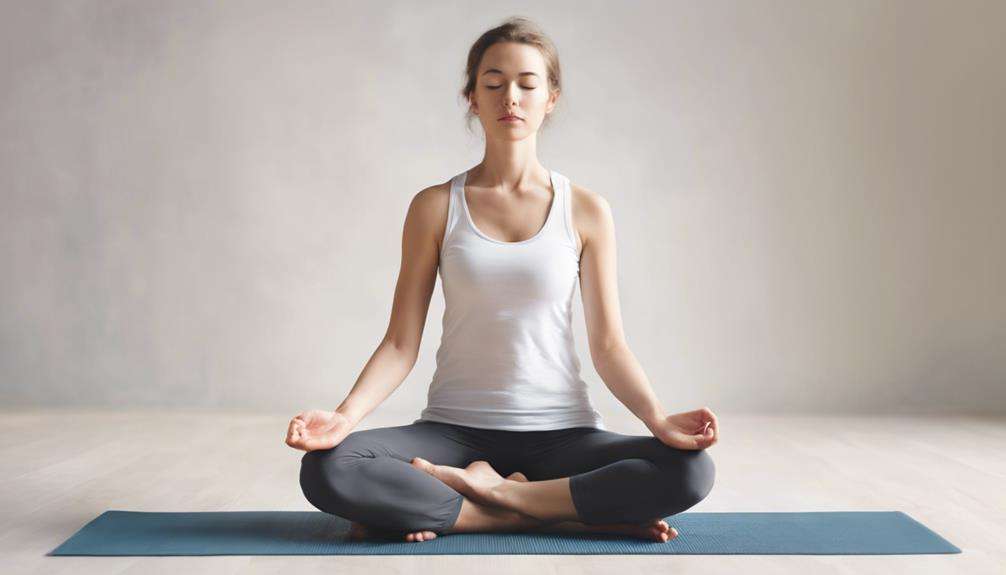
By being mindful of your body alignment and positioning, you can actively work towards correcting your posture for improved alignment and overall well-being.
Mindfulness practices involve developing awareness of your body's alignment throughout the day. This means recognizing and adjusting non-optimized positions that may be causing strain, pain, or discomfort in your muscles and joints.
Whether you're sitting at a desk, standing in line, or moving about, mindfulness exercises can help you maintain proper posture.
Frequently Asked Questions
What Therapy Is Good for Posture?
For improving posture, consider yoga therapy, chiropractic care, Pilates exercises, massage therapy, acupuncture treatment, strength training, postural assessments, stretching routines, ergonomic adjustments, and enhancing the mind-body connection. These therapies can help align your body and relieve discomfort.
What Is the Best Professional to Fix Posture?
For fixing posture, a posture specialist, chiropractor, or personal trainer can help. They offer methods like Pilates, yoga poses, corrective exercises, and ergonomic assessments. Consider massage therapy, orthopedic surgeon, or sports medicine for additional support.
Can You Correct Years of Bad Posture?
Yes, you can correct years of bad posture through consistent effort. Long term effects are achievable with lifestyle changes, daily habits, and muscle strengthening. Patience is key as slow progress leads to gradual improvements. Posture awareness and mind-body connection are essential.
How to Correct Posture Physiotherapy?
To correct posture with physiotherapy, focus on chair ergonomics, stretching exercises, core strengthening, neck alignment, shoulder retraction, and pelvic tilt. Utilize posture braces, standing desks, yoga poses, and regular posture assessments for best results.
Conclusion
To summarize, by incorporating strengthening exercises, stretching techniques, and mindfulness practices into your therapy regimen, you can effectively improve your posture and overall well-being.
Did you know that poor posture affects nearly 80% of individuals at some point in their lives?
With dedication and consistency, you can make significant strides towards better posture and a healthier lifestyle.
Keep up the great work!
